
Most likely, when you think about dental care, your teeth come to mind. When it comes to oral health, most people opt to ignore their gums in favour of obtaining a pearly-white smile.. Your teeth are held in correct position by surrounding gum and bone. Gum diseases can lead to loss of teeth. Therefore, it's important to take good care of your gums. Your oral health is good when you take care of both your teeth and gums. The most crucial step a person can take to prevent and treat gum disease is to practice good dental hygiene. Fortunately, there are several things one can take to stop gum disease or even reverse it.
Poor oral hygiene practise can lead to gum disease which if not treated at right time can lead to loss of teeth. Brief note on various gum diseases are as follow:
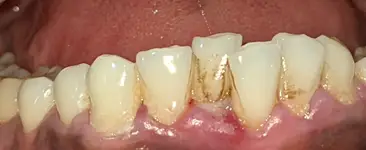
This is the earliest stage of gum disease caused due to the formation of plaque. It is characterized by red, swollen gums. The patient can notice bleeding from the gums. The chance of getting back healthy gum is possible at this stage as your bones are not yet damaged.
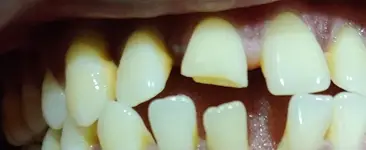
This is the advanced form of gingivitis. It characterized by deep pocket and food accumulation, loosening of teeth.
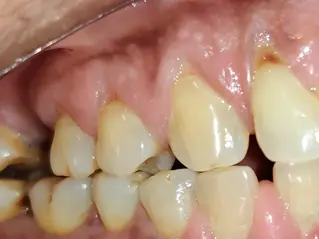
Seen in the older patient as an apical shift of gingiva (gum) resulting in exposure of roots of teeth. Poor brushing technique can also cause this problem.
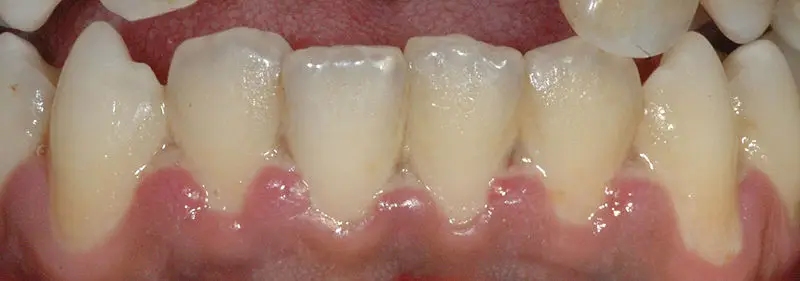
Necrosis of gingiva, foul smell, infection. They are commonly seen in immunocompromised patients and HIV.
As prevention is always better, following certain oral hygiene tips can maintain healthy gums.

If you schedule frequent visits to a reputed dental care centre, your dentist can spot early signs of gum disease. This allows for the early treatment of symptoms before they worsen. Tartar can only be eliminated by a professional dental cleaning. Plaque that was missed while brushing or flossing can also be removed.
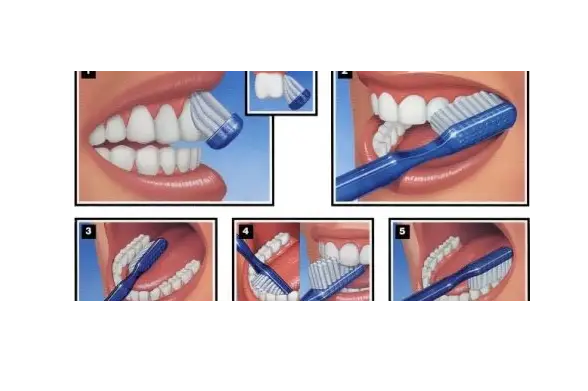
After every meal, brush your teeth with proper technique can aids in removing plaque and food particles stuck between your teeth and gums. Brushing your tongue can get rid of bacteria that stick there. Your toothbrush should be comfortable to use in your mouth and have gentle bristles. An electric or battery-powered toothbrush can help reduce gingivitis and plaque more than manual brushing. Swap toothbrushes or toothbrush heads every three to four months, or sooner if the bristles begin to wear out.
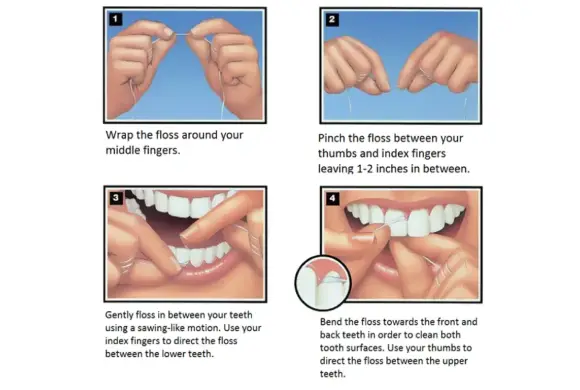
Adding flossing to your daily dental hygiene regimen is another useful exercise. It is best to floss at least once every day. When you floss between your teeth, it helps to get rid of food bits and plaque that your toothbrush can't or won't remove. Regular flossing will aid in preventing plaque accumulation along the gum line, which can easily lead to gingivitis and more severe gum disease, from damaging your gums.
Sugar damages tooth enamel, which can result in cavities. Additionally, it can result in a tartar build-up, which might irritate your gums and result in gum disease. Limiting sugar-rich meals like soda, candy, and baked goods will help you avoid these problems. In addition, consume lots of water and wholesome foods like fruits, vegetables, whole grains, and lean proteins to naturally boost gum health. All of this will contribute to good oral health.
Rinsing with an antibacterial mouthwash should be the last step of your daily oral hygiene routine. Although it shouldn't be used as an alternative to routine brushing and flossing, mouthwash is another tool in your arsenal against plaque and bacteria that will help protect your teeth. There are particular mouthwashes available, both over-the-counter and with a prescription from your dentist, that are designed to enhance gum health and prevent early gum disease.
Many different types of toothpaste, including whitening treatments and formulations with baking soda, can be found in the toothpaste section of most supermarkets. As fluoride is an effective deterrent against bacteria and tooth decay, make sure it is present in the toothpaste you use. Fluoride and pyrophosphate toothpaste will keep your teeth and gums healthy and protected while also assisting in the continued strengthening of your tooth enamel.
Smoking alters the immune reaction to plaque bacteria. This increases risk of gum diseases. It is recommended to quit the smoking for healthy gums.